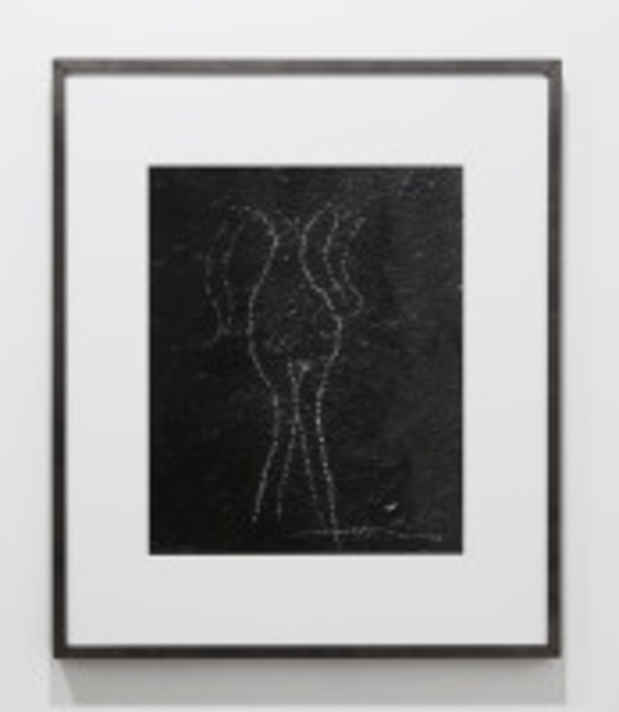Brassaï “Language of the Wall: The Tapestries, 1968”
Higher Pictures

This event has ended.
Higher Pictures presents Language of the Wall: The Tapestries, 1968 presenting together for the first time
Graffiti I and Nocturne, two of the earliest of seven known tapestries created by Brassaï. The tapestries, both made in 1968 by the renowned Atelier Yvette Cauquil-Prince, were woven from Brassaï’s collages of his own Graffiti photographs and are exhibited here alongside a selection of gelatin silver prints from the well-known series.
Brassaï began taking photographs of graffiti he saw on walls throughout Paris in the early 1930s and first published a suite of them in a 1933 issue of the surrealist magazine Minotaure (no. 3 – 4), writing there that graffiti had “toppled all the painstakingly devised canons of our aesthetic.” Brassaï wrote about the spontaneous, untrained scrawls and carvings of the graffitists as eternal and formative gestures, imagining children discovering and recreating the human face by gouging two eyeholes into stone or sharing naïve expressions of love through carved hearts and roughly inscribed initials. Though this language would later inspire Jean Dubuffet to make a direct connection between Brassaï’s project and Art Brut, a term Dubuffet coined in the late 1940s to describe what we now call outsider art, Brassaï never aligned himself with the movement.
In 1956, the Museum of Modern Art in New York mounted the exhibition Language of the Wall: Parisian Graffiti Photographed by Brassaï, featuring over 100 prints from the series selected by Edward Steichen and organized by the artist into visual categories, including: faces; love; war; birds and beasts; wizards and phantoms; and the sign of death. In the exhibition’s press release, Steichen establishes graffiti as “chiefly valuable for the light they throw on the everyday life of the ‘man in the street’ of the period, and for the intimate details of customs and institutions of people in a particular time and place.” It was following MoMA’s exhibition and the subsequent publication of Graffiti de Brassaï in 1961 that Brassaï and Yvette Cauquil-Prince—a master weaver who had already worked with Pablo Picasso and would collaborate with Marc Chagall, Max Ernst, Joan Miró, Wassily Kandinsky, Paul Klee and Alexander Calder—first discussed translating his photographs into textiles. The process of making Graffiti I and Nocturne would have begun with Brassaï making a collage of prints (each tapestry here comprises more than twenty photographs) that was then used to create a full-scale template, called a cartoon. Placed under or behind the loom, the cartoon provided the weaver with a blueprint for the final piece.
Media
Schedule
from January 09, 2016 to March 05, 2016